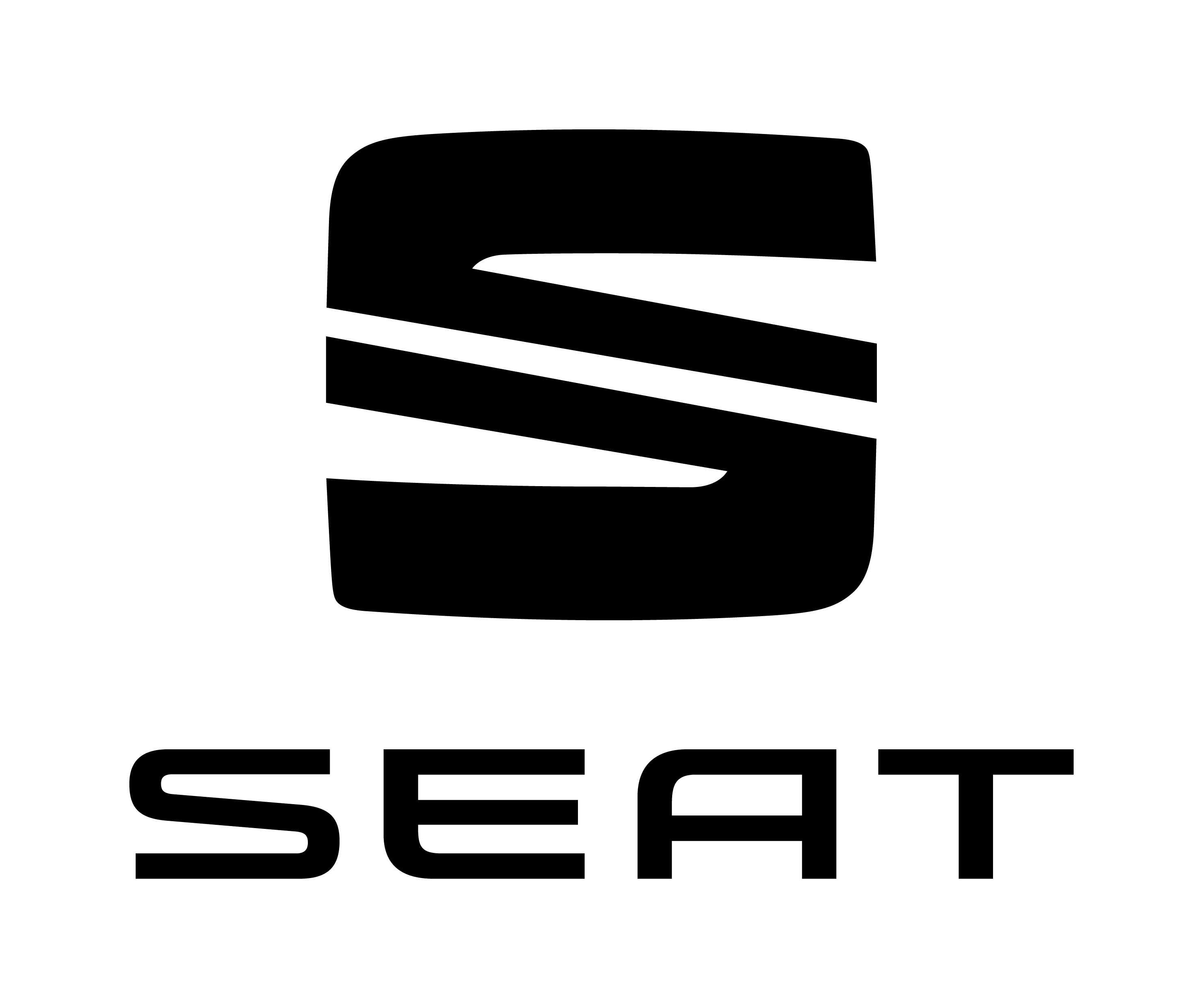
Disclaimer
This tool was designed using the recommendations in (CFS-AZU) Tagging and Naming Convention document from the Group IT Cloud (GITC) Project with some modifications applied by SEAT S.A. It adheres to specific rules while allowing complete customization of your naming convention. Most customizations can be made in your web browser, and the tool also includes an API. For more information about the GITC Platform, please visit Microsoft Azure - Group IT Cloud (GITC) - Group Wiki (vw.vwg)
Admin
The Admin page is used to configure the Azure Naming Tool. This page is only accessible by Admin users.
Configuration
The Configuration page provides all the data points that make up your naming convention. There are 8 standard components that may be used to name each Azure resource. The data within each of those components can be completely customized, except for the resource types. For the resource types, only the short name, optional, and excluded values may be updated. A delimiter may be selected to separate each component in your resource names. However, the delimiter will be included in a resource name if that character is allowed. The tool also supports the ability to define custom components. This allows administrators to create new components for the naming convention. Your configuration may be exported under the Global Configuration header. We recommend doing that after defining your naming convention as a backup.
Reference
The Reference page provides an example of each Azure resource type using your defined naming convention. The example values do not include any excluded naming components. Optional components are always displayed and are identified below the example. Since unique names are only required at specific scopes, the examples provided are only generated for the scopes above the resource scope: resource group, resource group & region, region, global, subscription, and tenant.
Generate
The Generate page provides a drop-down menu to select an Azure resource type. Once a resource is selected, the naming component options are provided. Read-only components cannot be changed, like the value for a resource type. Optional components, if unselected, will be null and not shown in the output. Required components do not allow a null value and will require a selection from the menu.
HELP & SUPPORT
If you need any assistance or guidance while using our app, please don't hesitate to reach out to us. Our support team is here to help you with any questions or issues you may have. For help, contact us at: seat_dl_fs_n2_data_technologies@seat.es